
10 Tips One Shouldn’t Miss While Preparing for Everest Base Camp Trek
Of course, Everest Base Camp Trek is every daredevil and trekker’s dream. If you have planned trekking in Nepal, Everest Base Camp Trek is of course in your bucket list. 10 Tips One Shouldn’t Miss While Preparing for Everest Base Camp Trek is dedicated to make your dream come true.
Mount Everest is the world’s highest peak with an altitude 8,848.86m. Trekking to the base camp of Everest rewards you with the splendid views of a couple of other 8,000ers, and other several snowcapped mountains. The Sherpa culture, tradition and their religious shrines including major festivals are other highlights of this trek.
As an adventure lover, you might have searched about the Everest Trek and details several times. However, you might wonder “How to prepare for Everest Base Camp Trek?”
Trips - 10 Tips One Shouldn’t Miss While Preparing for Everest Base Camp Trek
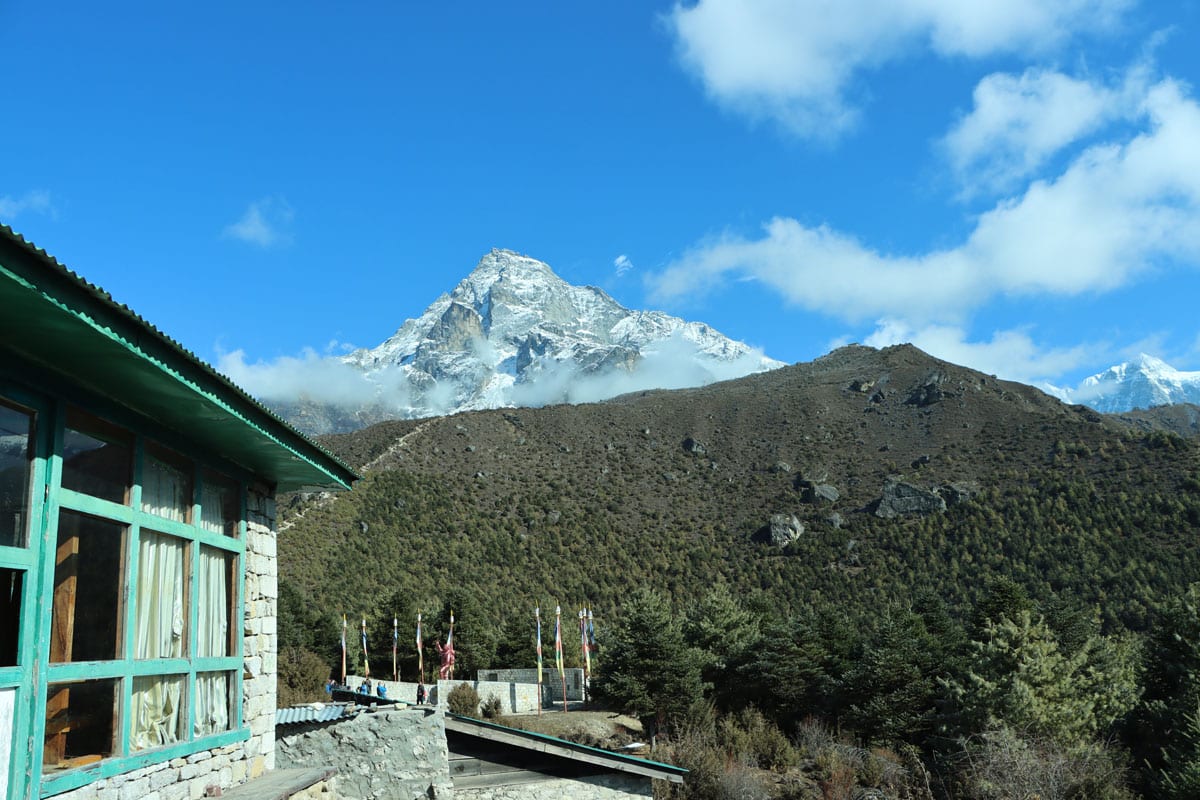
Everest Region Trek , Nepal
Everest Base Camp Trek with Jeep Drive
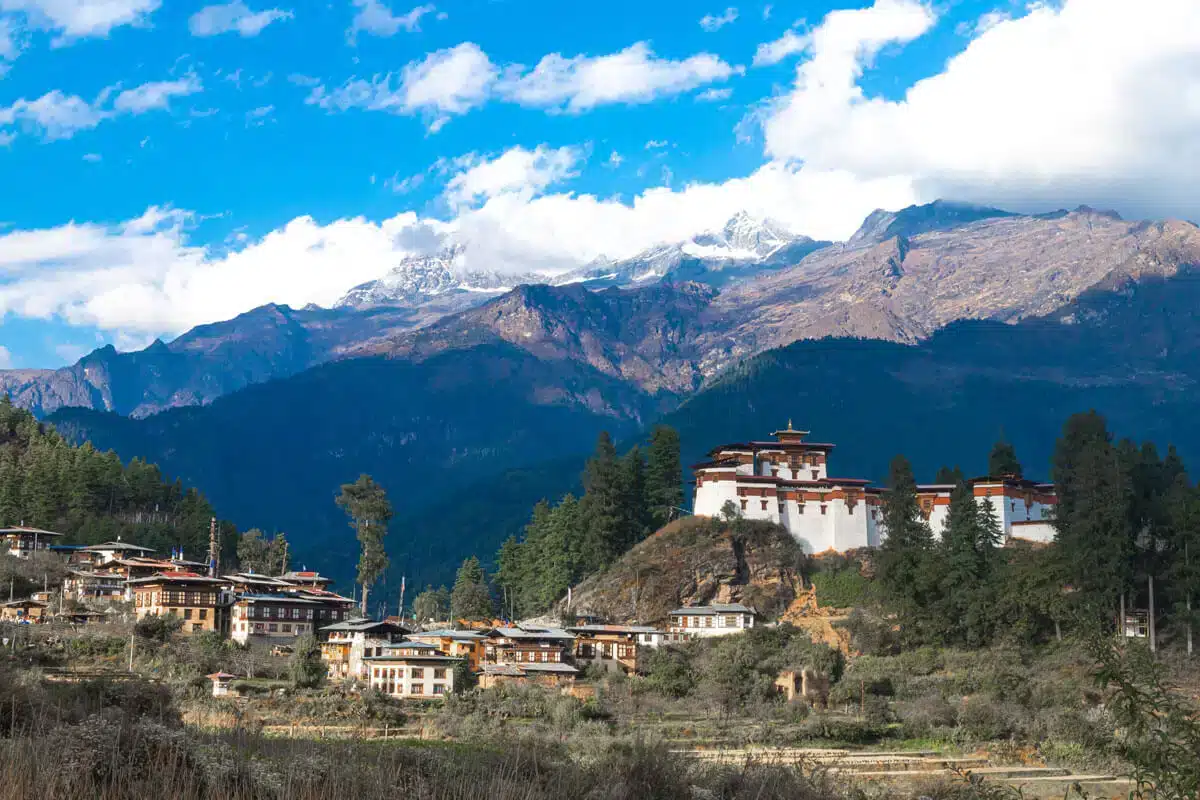
Bhutan
Central Bhutan Tour
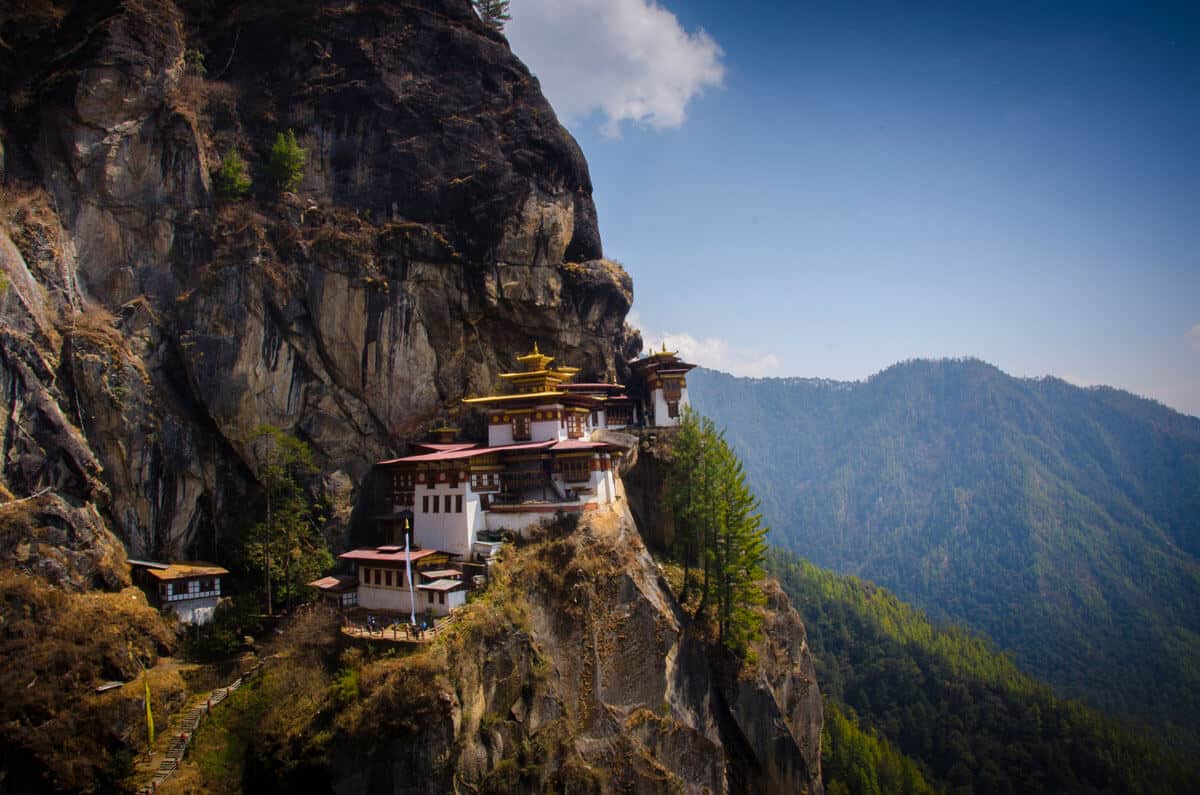
Bhutan
Bhutan Paro tour
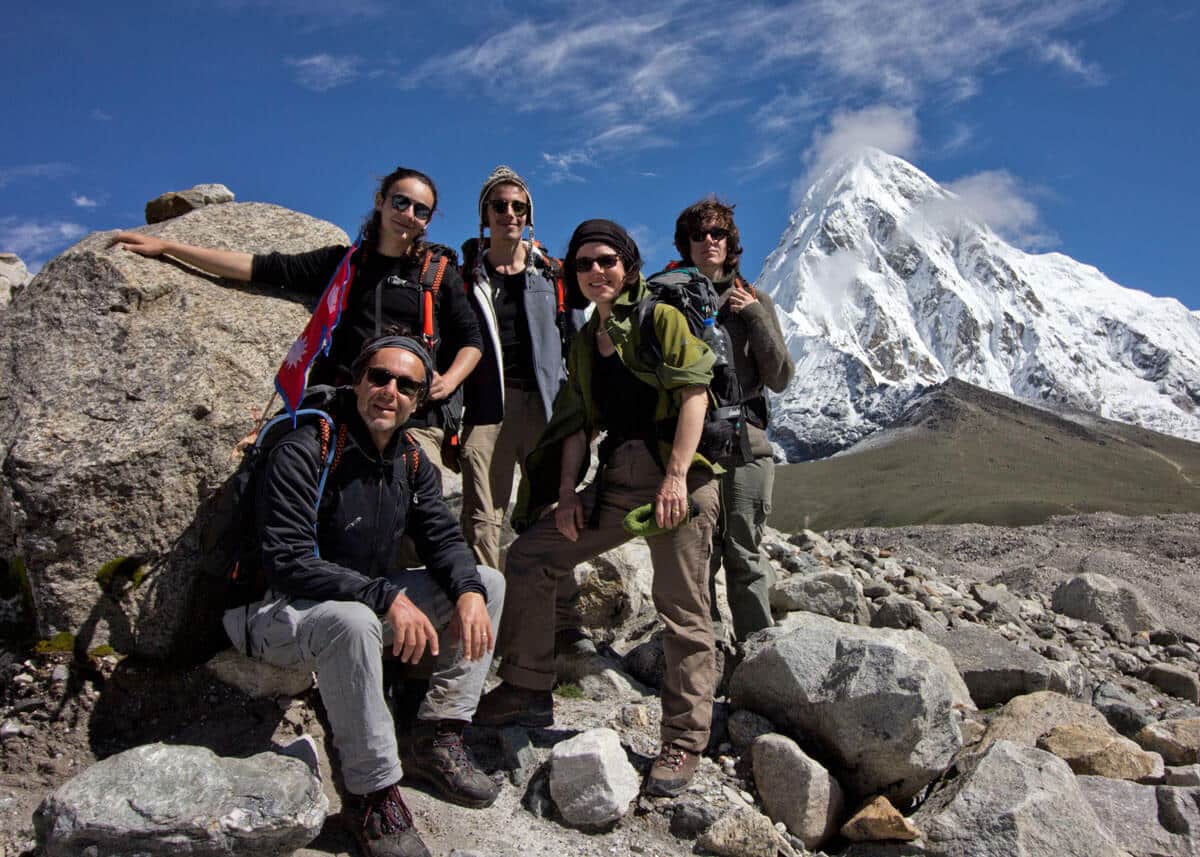
Everest Region Trek , Nepal
Everest Base Camp Sleeping Trek
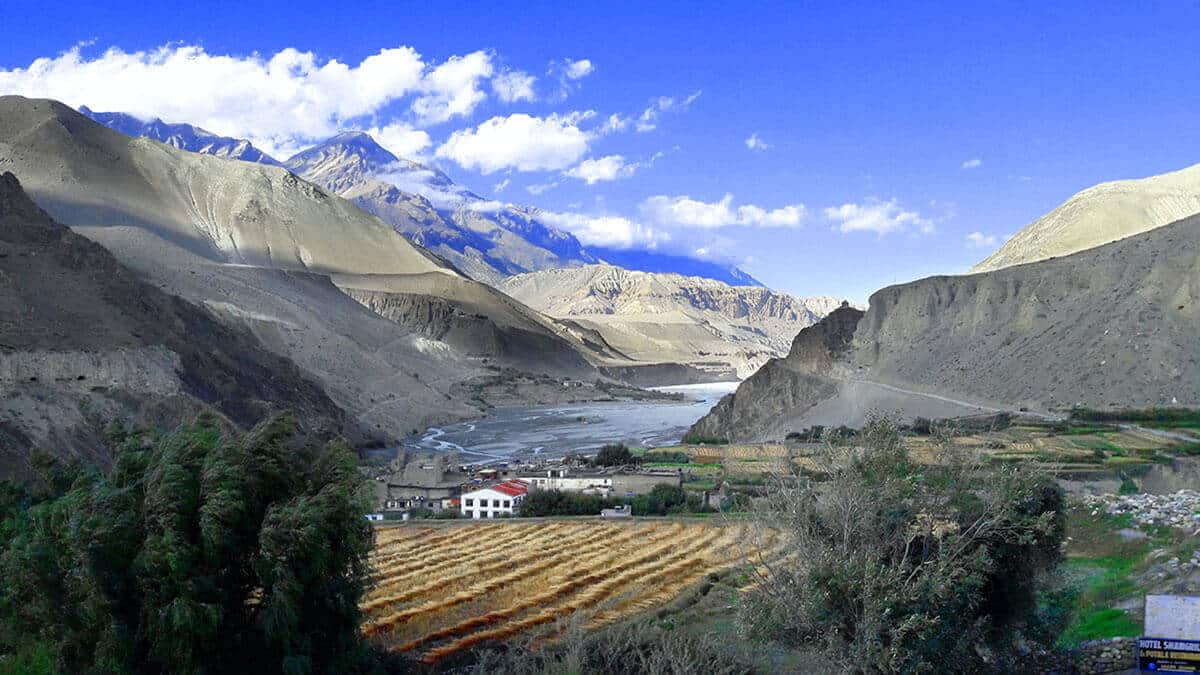
Nepal , Restricted Region Trek
Upper Mustang Jeep Tour
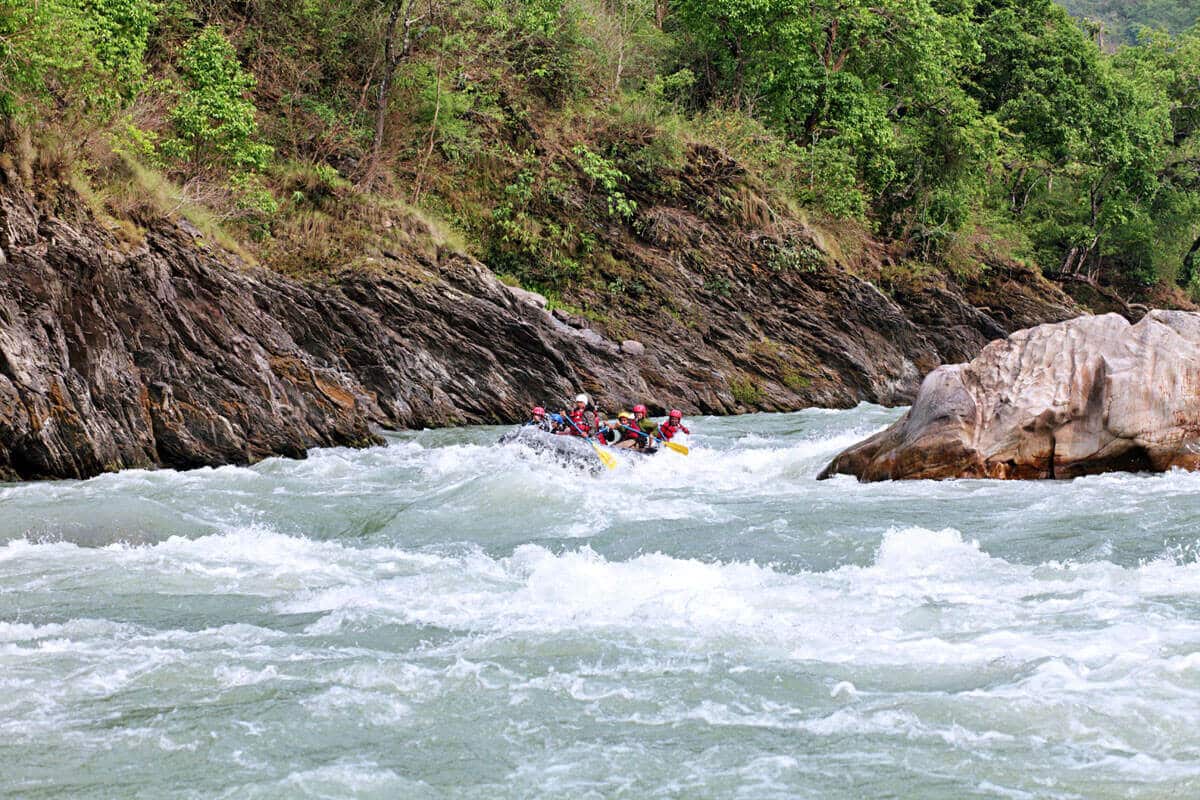
Nepal
Trishuli River Rafting
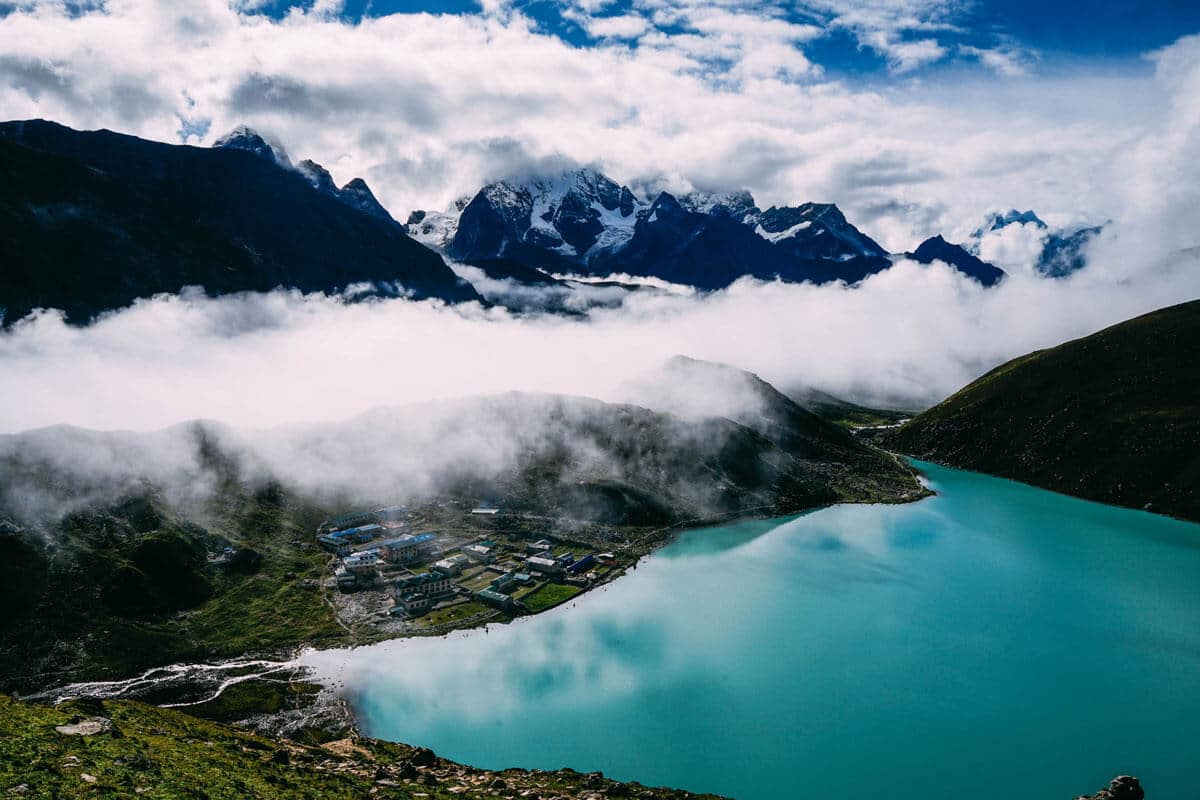
Everest Region Trek , Nepal
Gokyo Lake Renjola Pass Trek
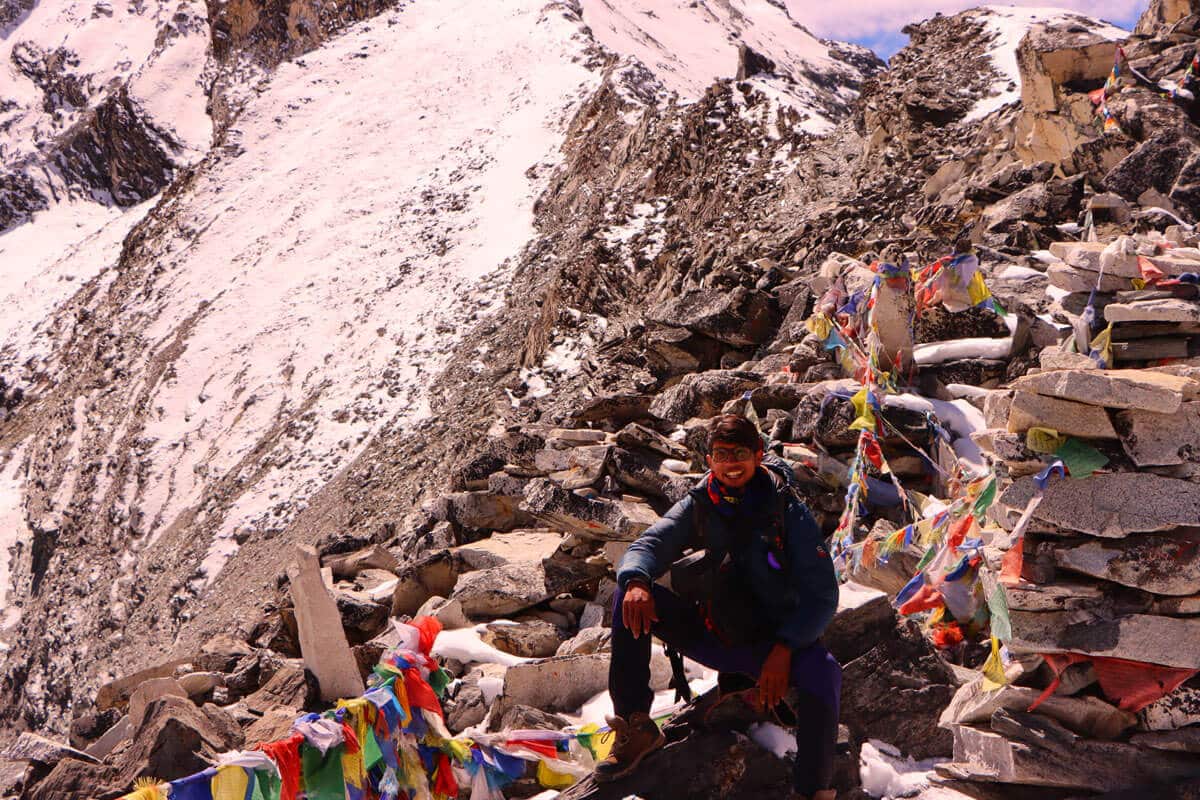
Everest Region Trek , Nepal
Arun Valley Everest Base Camp Trek
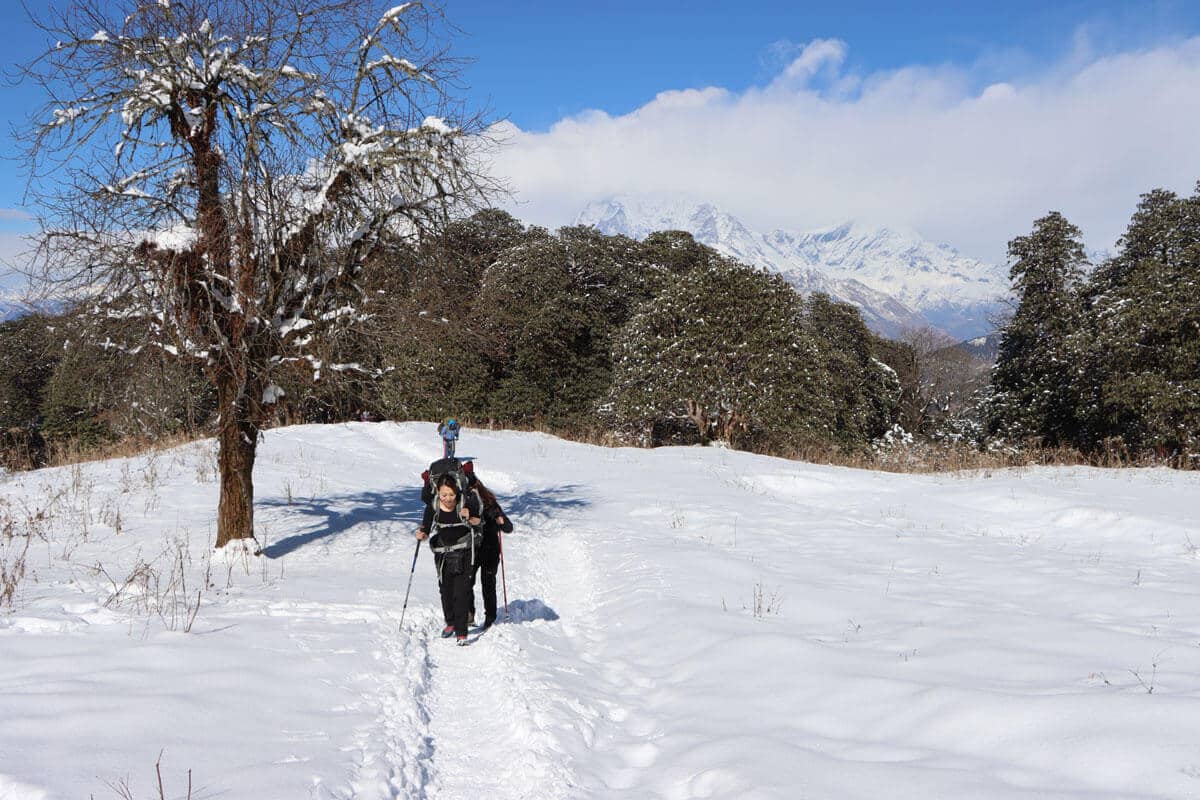
Annapurna Region Trek , Nepal
Annapurna Circuit with Ghorepani Ghandruk Trek
Here we present important tips for preparing Everest Base Camp Trek. We hope these tips will help you complete the trip successfully.
Table of Contents
- Prepare Well, Preparing for Everest Base Camp Trek
- Book the Trip with a Trustworthy Trekking Agency for Preparing for Everest Base Camp Trek
- Pack Essential Trekking Gears & Personal Stuffs of Preparing for Everest Base Camp Trek
- Know about AMS, Its Symptoms & Safety Measures.
- Be Prepared for Unsupportive Weathers and Temperatures.
- Plan for a Few Extra Days.
- Bring Enough Cash; ATMs Are NOT AVAILABLE EVERYWHERE!
- Concluding Words: Preparing for Everest Base Camp Trek
Prepare Well, Preparing for Everest Base Camp Trek
The first tip for preparing Everest Base Camp Trek is to prepare well. Despite being one of the most popular trekking destinations in Nepal, trekking to the base camp of Mt. Everest (8,848m) is not that easy in itself.
Before booking the trip, you should prepare physical and mental aspects including travel insurance.
Everest Trek Routes are of course well maintained and of moderate difficulty level. However, these trails lie above 3,000m and reaches as high as 5,500m. Traversing along such high altitude trekking routes in Nepal is rather challenging.
We recommend you to join physical training for Everest Base Camp Trek in a professional agency. It is your choice whether you join training sessions in your home country or outside. Physical training helps you increase stamina even at the altitude where very less oxygen is available.
Besides this, regular physical exercises and cardio-related workouts also help you adjust at high altitude. When your heart and lungs are in perfect condition, you can surely cope with the possible circumstances to come in the Himalayas.
In addition, mental readiness is also important while preparing for Everest Base Camp Trek. Self-esteem and self-confidence are important to increase your psychological strength that plays a vital role in accomplishing the trip.
Likewise, besides a lifelong experience, trekking in Himalayas can sometimes be challenging as well. Nepal Hiking above 5,000m is a risk that every trekker should be ready for. Thus, we recommend you to make travel insurance before heading for Nepal trek.
Your travel insurance should cover rescue operation, emergency evacuation with helicopter, medication as well as theft and loss of luggage and other valuables. We never know when the weather changes and crucial circumstances befall on us while trekking high!
Book the Trip with a Trustworthy Trekking Agency for Preparing for Everest Base Camp Trek

Booking a trip with a trustworthy trekking agency is a wise idea to make your journey across the Himalayas more than just successful. Here in Nepal, 3,000 trekking agencies have been registered under Trekking Agencies’ Association of Nepal (TAAN). Mostly, Nepal trekking companies are operating from Kathmandu, Pokhara and Chitwan.
A good Nepal tour and trekking agency is committed to quality services at the right time to its clients. Rather than business and its profits, such agencies are more inclined with safety and satisfaction of customers.
Exactly, running a business doesn’t mean only voluntary services but also profit. However, a good agency focuses on a successful accomplishment of the trip booked by its customers. The prime concern must be no or very low unwanted circumstances.
The best trekking agencies in Nepal provides detailed briefing about the trekking itinerary and type of trekking before moving towards the trailhead. Besides, your trek in Nepal cannot be a success without a professional guide and friendly cum experienced porters.
The guide and porter not only carry you to the destinations but also take a good care of you during the trip. They weigh their lives less than their in case some unwanted circumstances befall on you.
Here, you might be wondering: How to find best trekking companies in Nepal? Now, it’s not that difficult to figure out them when you follow these steps:
- Browse their company websites to check out their legal documents & testimonials uploaded & updated.
- Check their presence in social media.
- Go through their online customer reviews.
- Cross check their landline phone number & business address.
- Examine information & photos.
- Read recent & decent content & blogs about local trekking destinations.
- Check the mode of payment they accept.
Moreover, you can also consult with your people who have already done tours and treks in Nepal to choose the right agency.
Pack Essential Trekking Gears & Personal Stuffs of Preparing for Everest Base Camp Trek
Packing essential trekking gears and personal stuffs is one of the 10 tips one should not miss while preparing for Everest Base Camp Trek. Without right Nepal trekking gears, trekking to the base camp of Mt. Everest (8,848m) might not be a success.
Among trekking gears, you are recommended to pack the following:
- Duffel Bag
- Sleeping Bag
- Fleece Sleeping Bag Liner
- Trekking Poles
- Day Pack
- Thermosets
But, if you are doing Everest Three High Passes Trek with Base Camp, you need peak climbing gears as such:
- Rope
- Harness
- Crampons
- Ice axe
- Helmet
- Carabiner
- Quick draws
Personal stuffs include hiking boots, inner & outer wears, hand, eyes, skin & head protection from rain, snow and sun.
Hiking boots for Everest Base Camp Trek must be comfortable and protective from minor injuries. Moreover, they must be warm, waterproof, durable and right sized.
Some of the best hiking boots for trekking to Everest Base Camp (5,364m) are Meindl Bhutan MFS GTX, La Sportiva Trango Tower GTX, Solomon Quest 4 D GTX, Mammut Trovat, etc.
“What to pack during Everest Base Camp Trek?” depends upon which time of the year you have made this trip. However, don’t forget to pack layered clothes, down jacket, fleece fabric jacket, full sleeved warm t-shirt and water soaking inner wears and socks.
Stay prepared against rain and snow by packing raincoats and windcheater jackets. You never know when the weather in the high altitude trekking in Nepal turns unsupportive!
Bringing right types of gadgets and electronics are also important tip one shouldn’t miss while in EBC Trek. Bring a portable charger or power bank that runs with the solar power to recharge your mobile phones. Carry a handy or movie camera to capture a lifelong memory around the world’s highest peak.
Similarly, pack sun protection kits, first-aid box with essential medication kits, and toiletries plus towel. Particularly, you should not miss sunglasses, brimmed hat, cap, oximeters, etc. for successful Everest Base Camp Trek.
Know about AMS, Its Symptoms & Safety Measures.
As soon as you hike above 2,500m from the sea level, acute mountain sickness (AMS) is a common phenomenon. Nevertheless, it might not be applicable for every trekker to the Himalayas.
Altitude sickness is a matter of concern for beginner trekkers although experienced ones might not feel it a big deal. The trail of Everest Base Camp Trek lies above 3,000m from the sea level. Hence, altitude sickness during Everest Base Camp Trek is not uncommon.
The most common symptoms of altitude sickness are:
- Headache
- Sickness
- Dizziness
- Exhaustion
- Nausea
- Low appetite
- Breathing difficulty
Safety measures against AMS are:
- Avoid direct flight to AMS-prone zone.
- Keep enough time for acclimatization i.e. a rest day every 3-4 days.
- Limit altitude gain up to 500m a day.
- Keep yourself fully hydrated.
- Say NO to smoking and alcohol.
- No hard exercise for the first 24 hours.
- Have high-calorie diet.
- In your first-aid box, keep medicines such as acetazolamide for high-altitude sickness, ibuprofen & paracetamol for headaches & promethazine for nausea.
Despite being a common phenomenon, high-altitude sickness sometimes can be disastrous as well. If not taken right precaution and medication at right time, it might result into death of trekkers as well.
The best way to fight against this AMS is to share symptoms with your fellow trekkers and team leader or porter, too. The trekking guide and porter are habituated to such unwanted circumstances in the Himalayas. Therefore, they can help you overcome the deadly situation in time.
During Everest Base Camp hike, you should be extra careful of altitude sickness, its symptoms and safety measures.
Be Prepared for Unsupportive Weathers and Temperatures.
Trekking to Everest Base Camp is quite different from traversing to other trekking destinations in Nepalese Himalayas. Due to high altitude, the temperatures of the Khumbu Region hiking are almost always cold. Moreover, the trekking routes to the base camp of Everest go past glaciers, and glacial lakes at the foot of snowcapped mountains. This also contributes in the cold temperatures.
In cold seasons, snowstorms and in monsoon, rain might turn unsupportive to complete Everest Base Camp Trek successfully.
To protect yourself from snowfall and rainfall, you must not forget to keep warm clothes and raincoats in your backpack.
Likewise, almost all lodges have managed warm heaters to keep you safe from hypothermia. Don’t hesitate to take their services in case of unpredictable weather condition and temperature.
Plan for a Few Extra Days.
Sometimes domestic flights from Kathmandu to Lukla might be put off, delayed or even cancelled due to bad weather. Heavy rainfall, snowfall, thick fog and mist can disrupt the flights from and back Kathmandu.
On the other hand, sometimes acute mountain sickness and other casualties can stop you right over the Everest Region. Yes, you can travel from the Everest Region to Kathmandu by bus as well. But, you need some extra days to retrace via Jiri to Everest Base Camp Trek Route for example.
In such situation, planning a few extra days in Everest Base Camp Trek itinerary is a better idea. If the schedule is tight and unfavorable circumstances befall, you might even miss return flight to your home country.
Moreover, keeping a few extra days means if things remain normal, you can try out some other activities, say short treks around Kathmandu or Pokhara!
Bring Enough Cash; ATMs Are NOT AVAILABLE EVERYWHERE!
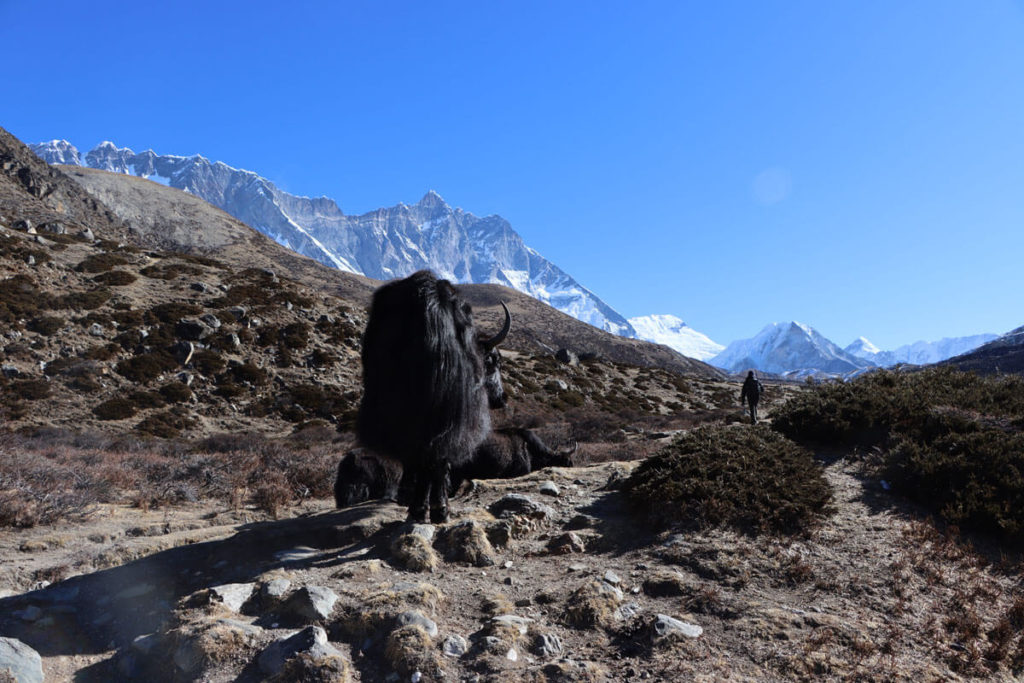
Being a local destination in the Himalayas, the Everest Region doesn’t have enough ATM booths, banks and other electronic services for financial deals. Except in Namche Bazar, the Sherpa Capital, you don’t find such modern amenities regarding monetary issues.
That means, Bring Enough Cash; ATMs Are NOT AVAILABLE EVERYWHERE!
Even if you have booked your Everest Base Camp Trek via a trekking agency in Kathmandu, you should have enough cash in your hand. The mandatory expenses are included in the Nepal Trekking package. Nevertheless, you have to spend yourself for miscellaneous particulars such as hot showers, gadgets charging, beverage items and other things except mentioned in the itinerary.
In case of a free individual trekker in Nepal, we recommend you to bring around 1,500 – 2,000 USD while in the Everest Trek.
Respect Locals & Local Cultures.
Besides snowcapped mountains and rich biodiversity of Sagarmatha National Park, Everest Trek is popular for typical Sherpa culture and tradition. The Khumbu Region or Everest Region is home to the Sherpa people.
At a glance, mountaineering and trekking in Nepal is not possible without the Sherpas. Since the beginning of mountain tourism in the country, the Sherpas have contributed a lot. They have kept several world records in peak climbing and 8,000er expeditions.
Locals are very friendly and welcoming to national and international trekkers from around the globe. They greet you saying “Namaste” or “Tashi Delek” (greeting in Sherpa dialect) in a polite manner. Make sure you reply them in the same manner.
Everest Region hiking is popular for Tibetan Buddhist culture and shrines including Dumje and Mani Rimdu Festival. Don’t forget to pay homage to monasteries such as Tengboche Monastery, chortens and mani walls.
Shooting photos and videos of local people is not that free as in other parts of the world. Thus, take permission from such people before capturing in your cameras.
Yaks, horses and mules are the carriers of good in the Everest Region Trek. Moreover, this Himalayan Region has one of the most crowded trekking trails in Nepal due to thousands of trekkers per day. We recommend you to stand aside and let the locals and their good carriers to go past.
Be Open with Your Crew & Stay Connected with Your Closed Ones.
Trekking in the remote area in the Himalayas is a challenge and an excitement at the same time. If you have already done this trek, you know much about the natural and cultural landmarks of this region.
Nonetheless, be open with your crew members all the times and give updates what you’re planning. In case of any unwanted circumstances, they are the ones to help you out there.
As a beginner trekker or a solo trekker in the Everest Region, you should always ask your team leader what his next plan is; what next destinations are coming; where you are going to spend the night; and so on.
Your crew members won’t bother responding to you in a friendly manner. What they care about is your satisfaction and successful Everest Base Camp Trek.
Equally important is that you stay connected with your closed ones. You are thousands of miles away from your hometown for trekking in the Nepalese Himalayas away from your people. You should get in touch with them via phone calls or any other social media although the internet service is quite expensive in the Khumbu Region.
Know about the Vantage Points
Last but not the least, knowing about the vantage points is one of the 10 tips one should not miss while preparing for Everest Base Camp Trek. The Everest trekking is done to have a close up views of the world’s highest peak, Mt. Everest (8,848m).
You cannot see the Everest from all parts of the region including the Everest Base Camp (5,364m). Kalapatthar, Namche Bazar, Hotel Everest View, Tengboche Village and Nagarjun Hill are the best vantage points while following the regular route of EBC Trek.
Concluding Words: Preparing for Everest Base Camp Trek
10 important tips for preparing Everest Base Camp Trek have mentioned what to know before and during this epic trip in the Nepalese Himalayas. Prepare well; pack essentials; avoid unsupportive circumstances; and enjoy the trip at fullest.
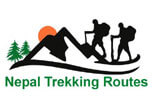


Comment